The tales of my gardening successes (vegetables not included) can be chalked up to two time frames, “before learning about native plants” and “after learning about native plants”. I can tell you right now, that the second time frame has been what’s kept me in the gardening game. If not for incorporating native plants into my landscape, I would have thrown in the towel long ago. I can still see some of my “pre-Rainbow Gardens” self in some customers; when they want so badly to purchase a plant that just won’t survive in the conditions they have. I remember my stubbornness and the money I wasted when I would fall in love with a plant and disregard its desire for its natural habitat. I would take it home, coax it to be happy where I wanted to plant it, only to have it turn on me and either go up in flames from our hot summer sun, or freeze and die in the cold winter temperatures. Why couldn’t I love it enough to make it survive even if it didn’t have the DNA for survival in our climate? When I finally learned to embrace the plants that are native to our region, it truly was like a huge, burdensome load had been lifted.
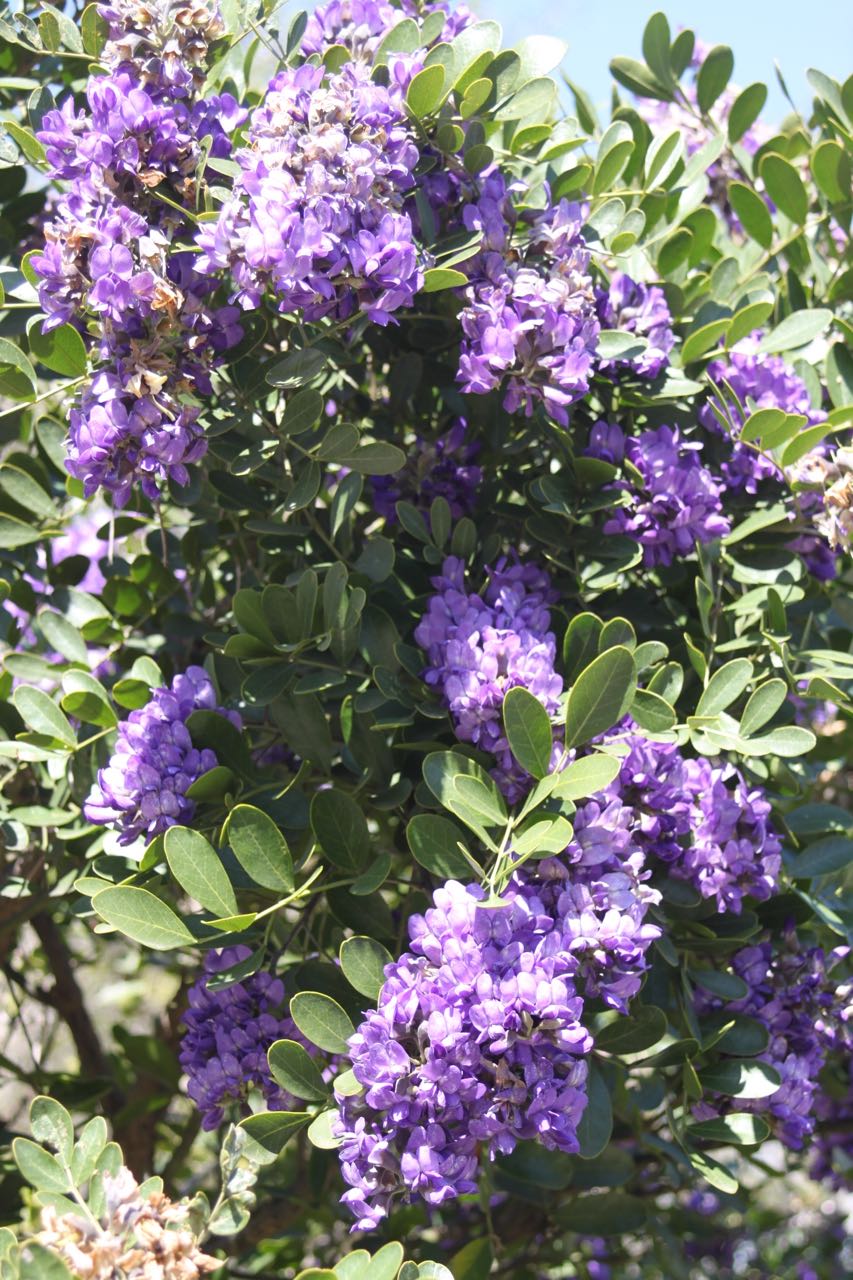

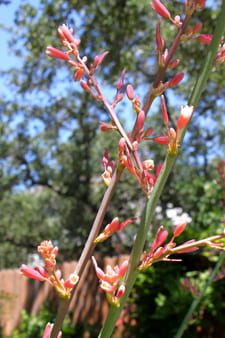

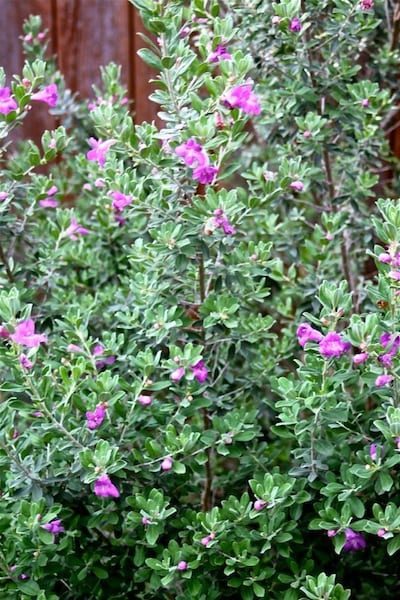

My plants began to survive and thrive. They took a licking and kept on kicking. They took the abuse and continued to produce. I think you get the picture here. As soon as my way of thinking changed, and my plant selection changed, my rate of success changed too. I didn’t have to worry so much about having a green thumb; I just needed a native thumb! This blog is written with the hope of encouraging you to develop a love of Texas native plants; see what they offer, it’s a lot!
Why You Should Plant More Native Plants
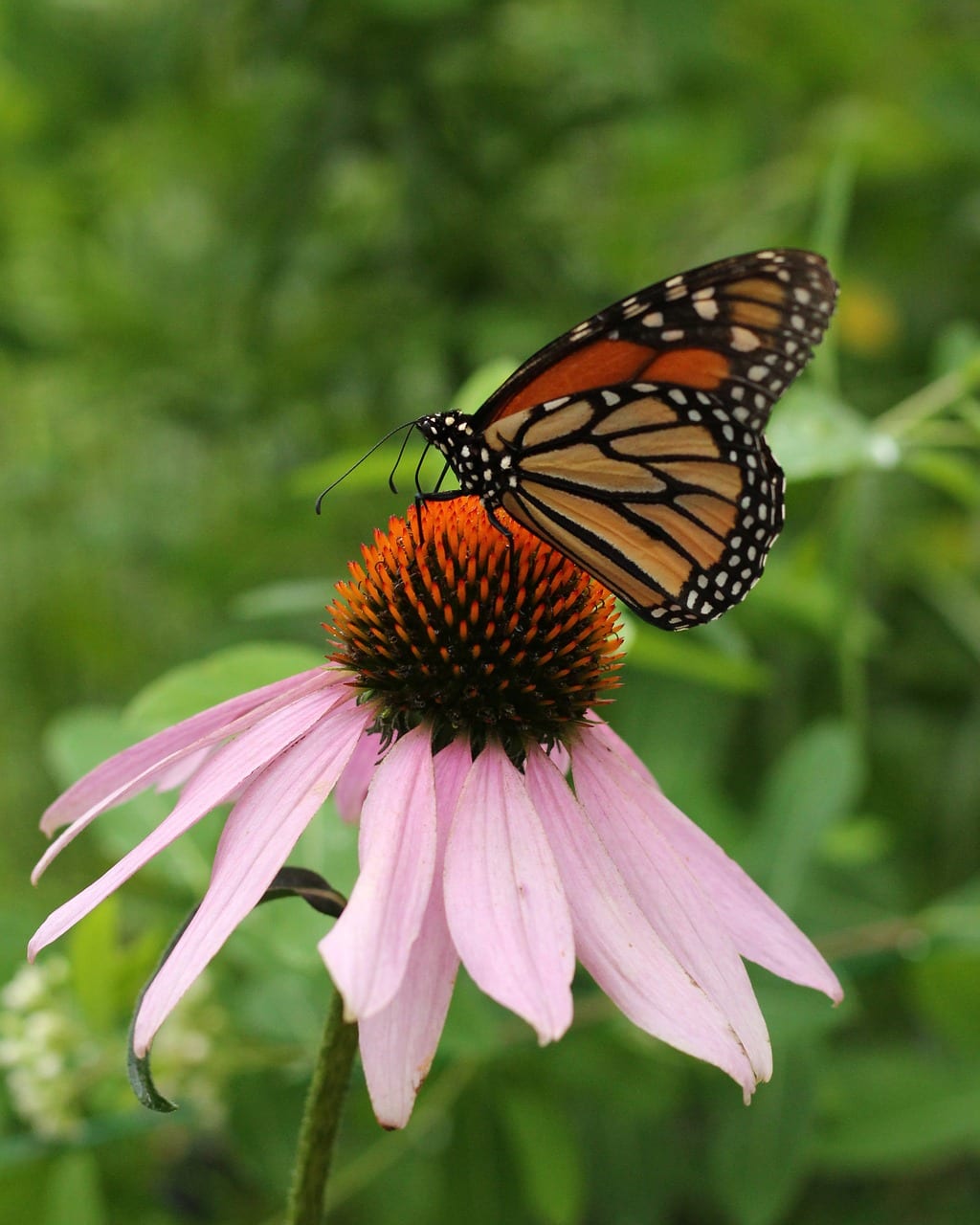

2. Native Plants are Low Maintenance! Native plants can adapt to whatever extremes our weather throws at them. Even if they catch a little frost, they will bounce right back the next season with little tending to. They aren’t overly fussy about the soil they are plopped in, and once they’ve been in there and had time to get established they need very little supplemental water.
3. Native Plants Save You Money! Less money spent on replacing plants that just can’t hack our climate and less money spent on gallons of water wasted on thirsty non-native plants means more money in your pockets. Now we’re talkin’!
If you haven’t already, I urge you to consider incorporating more native plants into your landscape. I think you will be amazed at your options. You’ll get to spend more time actually enjoying your plants rather than “taking care” of them, and you’ll enjoy watching the wildlife flock to your gardens just as much as the wildlife will be enjoying the natural habitats you have brought in for them. I’m going to leave you with those thoughts and a list of a few of my favorites (other than the ones mentioned above) that I hope may become yours as well.
Native Texan Trees We Love
Pictured: Goldenball leadtree (Leucaena retusa) – fuzzy, yellow flower balls April-October, 15-25 ft., deciduous
Desert Willow (Chilopsis linearis) – orchid-like clusters of flowers May-June, 10-25 ft, deciduous
Prairie Flameleaf Sumac (Rhus lanceolata) – spring white blossoms, fall gorgeous red color, 10-30 ft. deciduous
Mountain Laurel (Sophora secundiflora) – prized for it’s highly fragrant purple flower clusters in early spring, 15-25ft, evergreen
Texas Redbud (Cercis canadensis var. texensis) – rose/purple buds and flowers appear in March-April before leaf set, 30-40ft, gold or red fall leaf color, deciduous
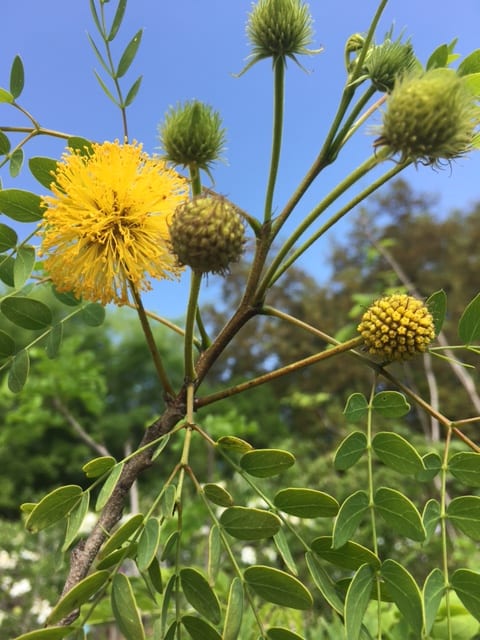

Native Texan Shrubs We Love
Pictured: American Beautyberry (Callicarpa Americana) – The most gorgeous clusters of purple/magenta berries in clumps all up and down each branch from August-November, 3-6 ft., adaptable to full shade or full sun.
Flame Acanthus (Anisacanthus quadrifidus var. wrightii) – Tubular orange flowers April – December, sun/part shade, hummingbird attractor, Crimson Patch butterfly host/nectar plant, 3-5 ft.
Turk’s Cap (Malvaviscus drummondii) – Another adaptable to full sun or full shade, 2-6 ft. brilliant red flowers shaped like little fez hats bloom spring through fall.


Native Texan Perennials We Love.
Pictured: Salvia/Autumn Sage (Salvia greggii) – Blooms spring through fall in a multitude of color varieties, 2-3ft. full sun to part sun, semi-evergreen.
Butterfly Weed (Asclepias tuberosa) – Blooms clusters of orange/red flowers spring through fall, 1-3 ft. full sun/partial shade.
Winecup (Callirhoe involucrata) – Purple/magenta flowers spring through summer, 1ft. high, 3 ft. wide, full sun/partial shade.
Lemon Mint/Horse Mint (Monarda citriodora) – Flowers pink/purple spikes in summertime, 1-2 ft. tall, full sun/partial shade.


Of course this is just the tip of the iceberg. I didn’t even mention the favorite summer-bloomer esperanza, or the late fall-blooming popcorn senna and sunshine-yellow blooming cassia. With our native selections at the nursery, you are sure to find something that you absolutely fall in love with.
~The Happy Gardener, Lisa Mulroy

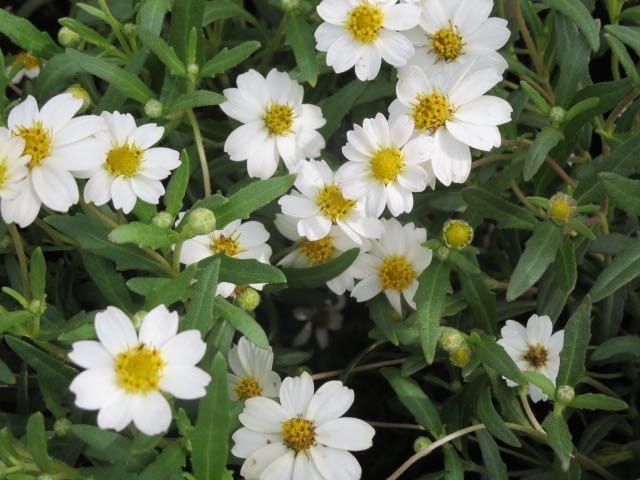
Most experts say that fall is a great time for planting, and I’m pretty done with the heat. Will you have some a good selection of native plants for fall planting?
Hi Brenda,
You are absolutely right! Fall is definitely the best time for planting here in San Antonio! And I’m right there with you with the heat! Phew! Would it hurt to have a little rain? We get our natives in throughout the year, and when we see an availability from our growers, we’ll scoop them up. We plan and hope to have a good selection of natives to choose from and plant in the fall. We suggest calling anytime you plan to visit the nurseries to know find out what we have in stock at the time. Our inventory changes constantly so I’m attaching this link so you can have all of our contact info. Thank you so much for your question! Hope this helps. Contact Us
After seeing your last ad, I came in for Moy Grande Hibiscus, and was told they had never been deliver . Will you be getting any of these?
Hmmmm…We had some Moy Grande Hibiscus at our Thousand Oaks location recently but they came and went really fast. We most likely we see some more coming in but I suggest you call the day you may like to visit to see if they have arrived. I’ll see if I can find out when more might make their way in. Which nursery location do you visit? Here is the link for our contact info
Hi Dixon,
Just giving you a heads up….Thousand Oaks recently got some more Moy Grande hibiscus in. I know you were looking for some, and not sure if you got them yet. Call if you will be visiting later than the next couple days to make sure we didn’t run out again! 210-494-6131